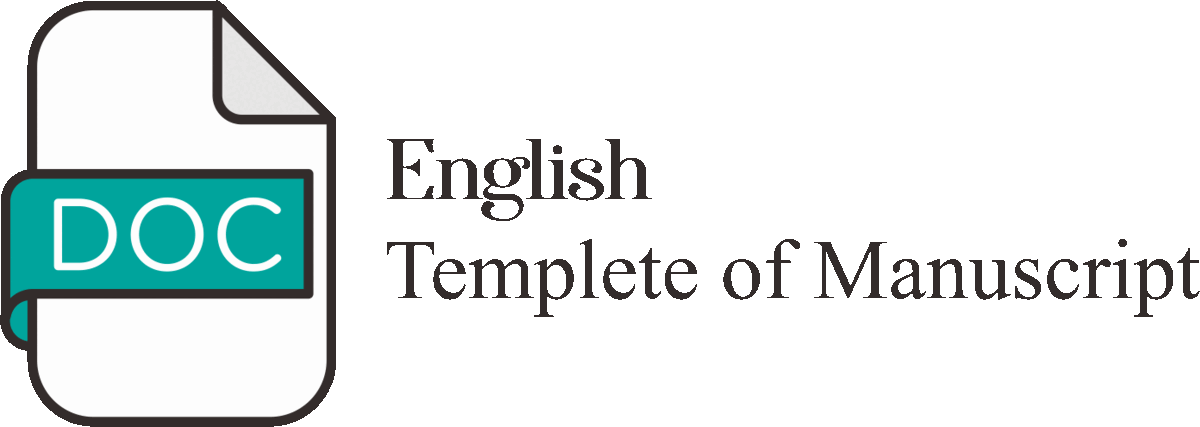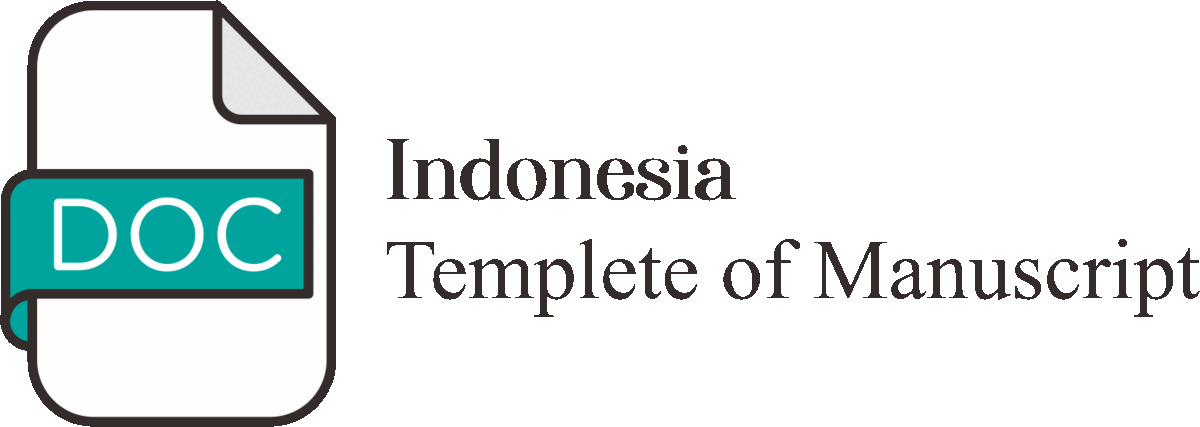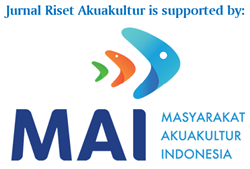DISTRIBUSI POLUTAN LOGAM BERAT DI PERAIRAN PANTAI YANG DIGUNAKAN UNTUK MEMASOK TAMBAK UDANG TERDEKAT DAN MITIGASINYA DI KECAMATAN JABON PROVINSI JAWA TIMUR
Abstract
Budidaya tambak merupakan andalan perikanan di Kabupaten Sidoarjo Provinsi Jawa Timur, namun terdapat berbagai kegiatan yang berpotensi menghasilkan bahan pencemar berupa logam berat di kawasan pesisir yang menjadi sumber air bagi budidaya tambak. Penelitian ini bertujuan untuk menentukan konsentrasi dan status mutu logam berat dalam air sehubungan dengan potensi pencemaran dalam air yang mungkin terjadi dalam kaitannya dengan pemanfaatan untuk budidaya tambak. Penelitian dilaksanakan di kawasan pesisir Kecamatan Jabon Kabupaten Sidoarjo dengan mengambil contoh air pada 12 stasiun pengambilan contoh dan selanjutnya dianalisis di laboratorium untuk logam berat As, Cd, Co, Cr, Cu, Hg, Mn, Mo, Pb, dan Zn. Data dari hasil analisis logam berat dianalisis secara deskriptif dan selanjutnya dengan metode Storage and Retrieval (Storet) digunakan untuk menentukan status mutu air dari logam berat untuk biota laut. Hasil penelitian yang dilakukan pada tahun 2015 ini menunjukkan bahwa kisaran konsentrasi Co, Hg, Mn, Mo, Pb, dan Zn berturut-turut < 0,001-0,072; < 0,001-0,045; 0,02-0,18; < 0,001-0,011; 0,309-0,835; dan 0,01-0,04 mg/L. Hasil penentuan status mutu air menunjukkan bahwa air di kawasan pesisir Kecamatan Jabon tergolong tercemar berat dari logam berat Hg dan Pb untuk biota laut. Disarankan agar kegiatan yang dapat menjadi sumber pencemar logam berat terutama Hg dan Pb di kawasan pesisir Kecamatan Jabon agar dikurangi dan atau mengaplikasikan Instalasi Pengolahan Air Limbah dan merehabilitasi hutan mangrove untuk menjadi bioakumulator logam berat, serta melakukan pengelolaan berkelanjutan yang meliputi pemantauan, pembinaan, dan penegakan hukum sehingga dapat menjadi sumber air untuk budidaya tambak yang produktif dan berkelanjutan.
Brackishwater aquaculture is one of the major aquaculture activities in Sidoarjo District, East Java Province. Unfortunately, its sustainability is currently threatened by the increased level of heavy metal pollutants in the coastal waters used as the major water source for the fish farming activity. The objective of this study was to determine the concentrations and distribution of heavy metal elements in the coastal water and devised potential mitigation plans in relation to the sustainability of existing brackishwater in the area. Water samples were collected from 12 sampling stations on the coastal waters of Jabon Subdistrict, Sidoarjo District. Laboratory analyses were performed to identify and measure the level of the heavy metal elements including As, Cd, Co, Cr, Cu, Hg, Mn, Mo, Pb, and Zn. The results of the analysis were descriptively discussed. The Storage and Retrieval (Storet) method was used to determine the quality status of the coastal water based on heavy metals standard limits for marine biota. The results of this 2015 research showed that the concentrations of Co, Hg, Mn, Mo, Pb, and Zn were < 0.001-0.072; < 0.001-0.045; 0.02-0.18; < 0.001-0.011; 0.309-0.835; and 0.01-0.04mg/L, respectively. These heavy metal levels showed that water quality in the coastal area of Jabon Subdistrict was heavily polluted, particularly by Hg and Pb for marine biota. This research recommended that activities in the coastal area suspected to be the sources of heavy metals contaminants, especially Hg and Pb, have to be controlled or reduced. The application of wastewater treatment plants, rehabilitating mangrove forests as heavy metal bio accumulators as well as the implementation of sustainable water management procedures through monitoring, guidance, and law enforcement are highly recommended to ensure the long term sustainability of brackishwater aquaculture activities in the study area.
Keywords
Full Text:
PDFDOI: http://dx.doi.org/10.15578/jra.14.2.2019.127-138

Jurnal Riset Akuakultur is licensed under a Creative Commons Attribution-ShareAlike 4.0 International License.

















